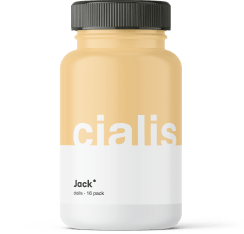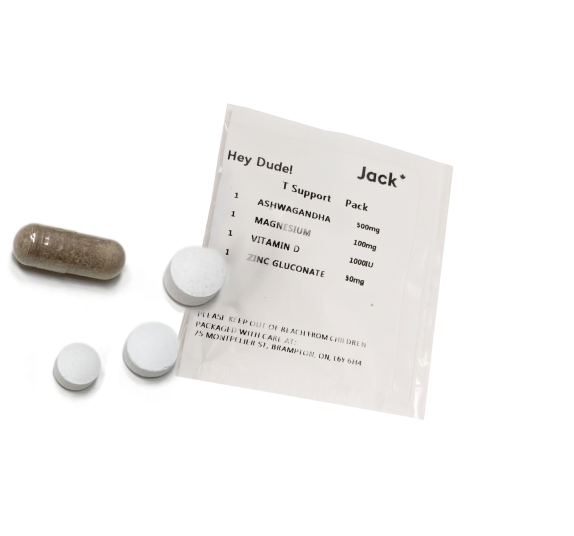Are you curious about treatment for low T (testosterone) levels? There’s a few different options: gel, injection, pills (prescription and supplements), and nasal spray.
Testosterone gel:
The most common testosterone product and recommended as the first product to try. It is easy to apply and pain free. In Canada, it exists under multiple brand names such as AndroGel, Testim or Taro-Testosterone. You apply it to your shoulder or stomach once a day in the morning. Some don’t like the smell (medical grade creams tend to be fragrance free as it is a skin irritant for many people) and others get skin irritation from the gel. This can be prevented by rotating application sites. There is a possibility of skin-to-skin transfer to other people. This transfer can be dangerous for women and children by changing their testosterone hormone levels.
Pros | Cons |
-Easy to apply -Pain free -Once a day | -Smell -Skin irritation -Skin-to-skin transfer of the product |
Testosterone nasal gel:
This is a new medication (Natesto) in Canada and it’s applied into your nose similar to how you’d use a nasal spray. You have a lower risk of transfer to someone else compared to the topical gel but you may have to apply the nasal gel up to three times per day. There’s a small chance you might get a runny nose or nosebleed. Your T-levels will have a more natural variation closer to what a man with normal T levels would have. Some people report they may feel changes in mood or libidio if they apply the gel later in the day than they typically do. You’ll work with your medical team to figure out the right timing for you.
Pros | Cons |
-Easy to apply -Lower risk of product transfer to someone else | -3 times a day -Runny nose or nose bleeds -You may notice “lows” |
Testosterone injection: These injections are either deep in your muscle or just below your skin: luckily you’ll only need injections every one to four weeks. However, they do require an in-person visit to your doctor, or you learn to self inject. Some people find the injections painful. Injectable testosterone works be creating a depot or pool of testosterone under the skin, that distributes throughout the body over time. Due to this mechanism, there can be large fluctuations in your T levels, where levels are highest right after injecting, and lowest right before the next injection. This can result in changes in mood or libido. Injections are usually the cheapest method.
Pros | Cons |
-Only every 1-4 weeks -Likely cheapest method | -Painful -Have to see doctor -Large fluctuation in T levels |
Oral capsules (testosterone undecanoate): These oral capsules are usually not recommended as many patients report nausea or stomach upset. You need to take oral capsules multiple times per day. You also need to take the capsules with fatty food. They also carry a higher risk of causing changes in your liver enzymes.
Pros | Cons |
-Oral pill -Don’t have to learn how to apply or inject | -Not recommended by most physicians -2 doses per day -Take with fatty food -Nausea or stomach upset |
Supplements: This non-prescription option is something you can start yourself. There are a variety of supplements and each supplement has a different level of evidence to support (or disprove) its use. This option also has a wider range in price depending on which supplements you choose and won’t be covered by insurance. Our testosterone supplement pack, called Max-T Support has four different ingredients: zinc, magnesium, vitamin D and Ashwagandha.
-Zinc has been shown to increase T levels in men: since your body doesn’t store zinc you need to get some everyday.
-Magnesium increases T levels in men as as increasing muscle function and energy production.
-Low vitamin D is very common in Canada and linked to low T.
-Ashwagandha has been found to raise T levels as well as reducing your stress levels.
Our Max T Support is evidence based and can be taken with or without prescription TRT therapy.
Pros | Cons |
-No need to see the doctor -Easy to take -Jack’s Max-T Support is supported by evidence -Inexpensive | -Some supplements advertised for T may not be supported by evidence -Not covered by insurance |
References:
https://www.ncbi.nlm.nih.gov/pmc/articles/PMC8095276/
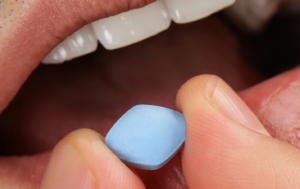
Viagra vs. Cialis: Which is Better? Differences and Side Effects
Viagra and Cialis belong to the type-5 phosphodiesterase (PDE5) inhibitor class of medications. This article will give a summary of Cialis and Viagra with an

4 Best Hair Growth Products for Men As Per Customer’s Reviews
Hair significantly impacts social perceptions, psycho-social functioning, and self-image. Hair is an essential image feature for men; therefore, hair loss affects self-esteem.
About 85% of all men will experience hair loss during their lifetime. The most prevalent type of male hair loss, male androgenetic alopecia, affects 30–50% of men by the age of 50.



Does Minoxidil Work for a Receding Hairline? Before and After Results
While results can vary, many users have seen positive changes, including thicker hair and even some regrowth in the frontal area. Consistency is key to achieving the best outcomes. In this article, we’ll explore how Minoxidil works for a receding hairline and showcase before and after results.






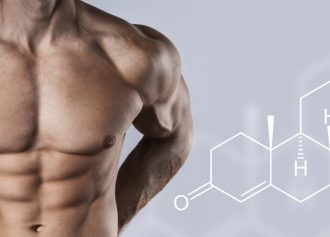
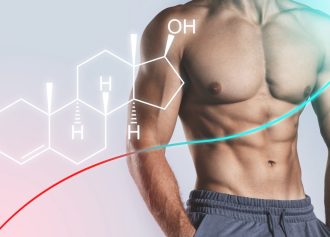
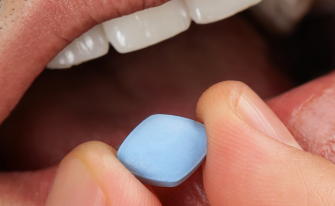
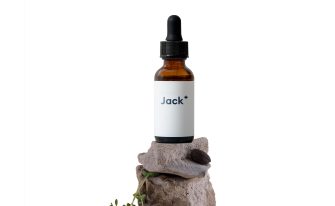



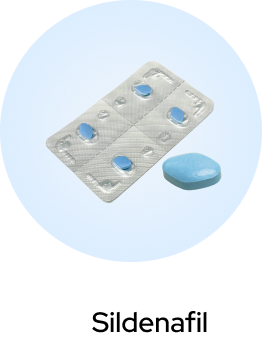
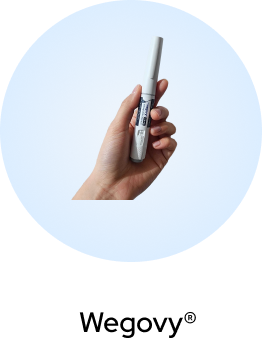



 (US)
(US)